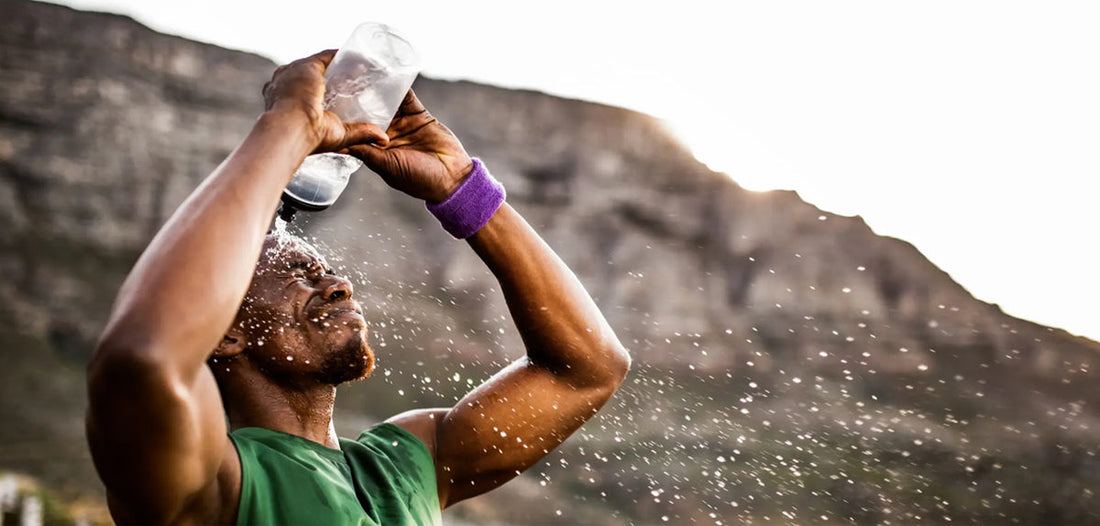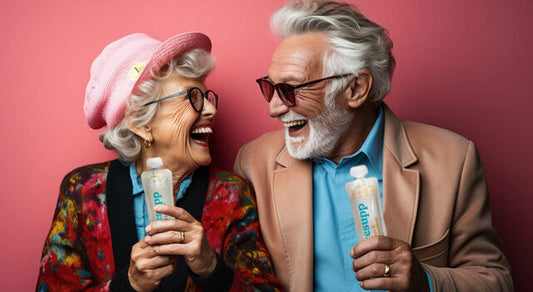Why cooling matters after exercise
After an intense workout or competitive performance, your body needs to cool efficiently. Elevated core temperature, muscle fatigue, and dehydration can all slow down recovery and affect your next performance.
That’s why effective post-exercise cooling has become such a hot topic in sports science. At icesupp, we’re passionate about providing innovative, plant based supplements that offer an efficient hydration and cooling strategy to help athletes recover smarter.
One of the leading research groups in this field is the University of Brighton’s Environmental Extremes Laboratory, led by Dr. Neil Maxwell, whose studies have helped shape how athletes approach cooling and recovery.
Insights from the University of Brighton
Dr. Neil Maxwell and his team have spent years studying how the human body manages heat and how cooling interventions, like ice slurries, cooling garments, or cold-water immersion, can influence performance and recovery.
Their research shows that cooling from the inside out is one of the most effective ways to regulate temperature and reduce post-exercise strain. Drinking an ice slurry (a semi-frozen hydration drink) can help lower core temperature faster than external cooling methods alone.
Key findings include:
- Internal cooling is powerful. Ice slurries or frozen drinks cool the body’s core faster than air or surface methods.
- Timing is key. Cooling immediately after training enhances comfort, hydration, and recovery.
- Combination methods work best. Pairing internal cooling with external methods (like ice packs or fans) delivers optimal results.
Even after exercise stops, core body temperature can remain high for up to 30 minutes, increasing fatigue, soreness, and the risk of heat stress. That’s why cooling is just as important after exercise as it is before.
The science of post-exercise cooling
When your temperature stays elevated post-training, it can:
- Prolong fatigue and soreness
- Increase heart rate and strain
- Slow glycogen and muscle recovery
- Raise the risk of cramps or heat illness
By actively cooling your body, especially through ice-based hydration, you can return to baseline faster and support recovery.
- Cooling the body helps to:
- Decrease core temperature quickly
- Normalize heart rate
- Reduce inflammation markers
- Lower perceived exertion
In short, cooling isn’t just about comfort — it’s about enhancing recovery and performance.
Effective cooling strategies for athletes
Research from Brighton and other leading institutions recommends combining several cooling approaches for best results:
1. Ice slurry drinks
Drink a semi-frozen hydration supplement (like icesupp) immediately post-exercise to lower body temperature from within while replenishing fluids and electrolytes.
2. Cold-water immersion
Submerge legs or the full body in cool water (10–15 minutes) to rapidly reduce heat load and inflammation.
3. Cooling towels or ice packs
Apply to areas with high blood flow, such as the neck, armpits, or thighs, for quick, portable relief.
4. Evaporative cooling
Combine airflow with a light misting spray or damp towel to encourage heat loss.
The icesupp difference
Instead of waiting for your body to cool naturally, icesupp reduces heat stress from the inside out, helping your muscles recover faster and keeping your performance ability consistent.
Benefits of using icesupp after exercise
- Rapidly cools the body internally
- Replaces fluids and electrolytes efficiently
- Reduces muscle soreness and fatigue
- Enhances comfort post-training
Cool down. Recover better.
The research is clear: post-exercise cooling works. Whether you’re a professional athlete or just enjoy pushing your limits, cooling your body from the inside out can make all the difference in recovery.
Ready to try it for yourself?



